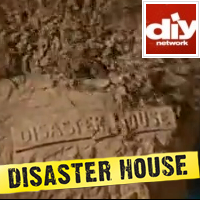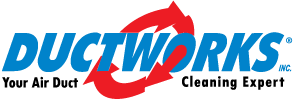
Disaster House provides valuable consumer information in addition to highly entertaining disasters. Insider tips on home-repair, how to prevent common disasters and what homeowners need to know before filing an insurance claim, make Disaster House a must see TV series for anyone who owns a home. Each week, contractor Josh Temple subjects a house to simulated storms and disasters to show homeowners what it takes to repair catastrophic damage. These outrageous experiments accelerate the typical wear and tear a house incurs and mimic common catastrophes so viewers can discover what it takes to repair some of the biggest mishaps homeowners face today.
In this episode, Josh Temple blows up a 5000 pound, six foot tall sand castle in the living room of the home to demonstrate an extreme case of dirty air ducts.
DIY’s Disaster House Team called Ductworks, Inc., Your Air Duct Cleaning Expert ™ to provide the Complete Ventilation Cleaning Package™. Ductworks used its patented air duct cleaning process which scraped and scoured the numerous pounds of debris from the walls the air ducts. Whew… What a job!
Don’t miss the premiere Ductworks, Inc. on DIY Network’s Disaster House – January 1st!


